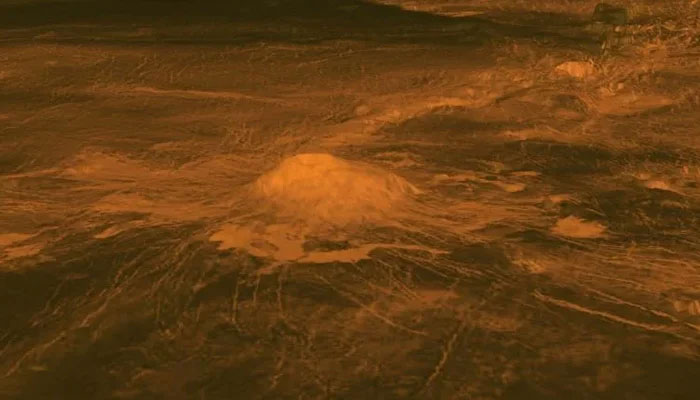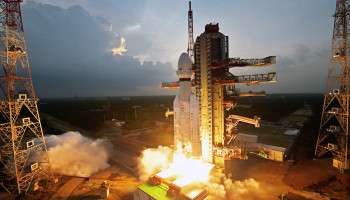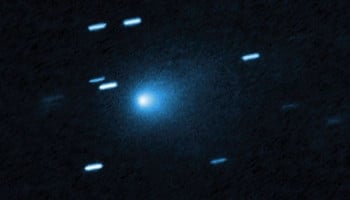
Venus gets a new explanation of going barren. Nasa/JPL-Caltech/ESA
Scientists have long puzzled over the fate of Venus' water. Once believed to be a watery twin of Earth, Venus is now a scorching wasteland. A new study published in Nature sheds light on this dramatic transformation, proposing a chemical culprit: HCO+ dissociative recombination.
This complex-sounding process involves a positively charged hydrogen and carbon monoxide molecule reacting with an electron. The seemingly innocuous reaction triggers a dramatic chain of events.
The molecule breaks apart, releasing a free hydrogen atom that zips off into space at high speeds, escaping Venus' gravity.
Previous theories focused on a runaway greenhouse effect causing the water to evaporate. While this played a role, it wasn't enough to explain the complete disappearance of Venus' water. The new study suggests that HCO+ dissociative recombination significantly boosted the escape of hydrogen, a key component of water.
Venus' current state is a far cry from its watery past. Its thick atmosphere, choked with carbon dioxide, traps heat from the sun, creating a surface temperature hot enough to melt spacecraft.
This research offers a new piece of the puzzle, helping us understand how Venus transformed from a potentially life-supporting world into the desolate landscape we see today.
















